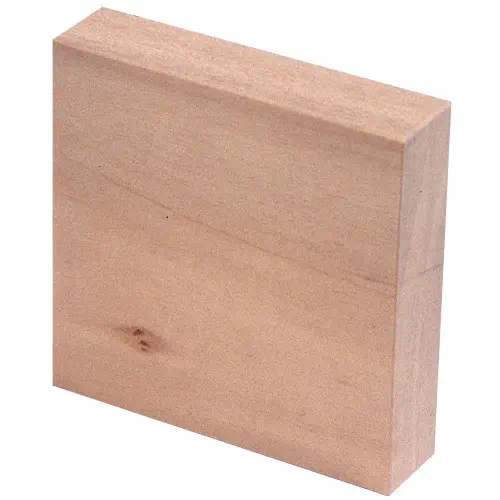North American Hardwoods
Alder, Red – Western North America
Specific Gravity: 0.41
Hardness: Very Soft
Strength: Weak
Bendability: Low
Tangential Stability: 7.3%
Radial Stability: 4.4%
Hand Tools: Difficult
Power Tools: Difficult
Gluing: Good
Finishing: Good
Common Uses: Plywood core stock, utility plywood. Alder with natural defects (knots, burl clusters) used for decorative veneers. Also used as a utility wood for upholstered furniture because it holds tacks well.
Comments: Grain tears easily. Blends well with mahogany, cherry, and walnut when stained.
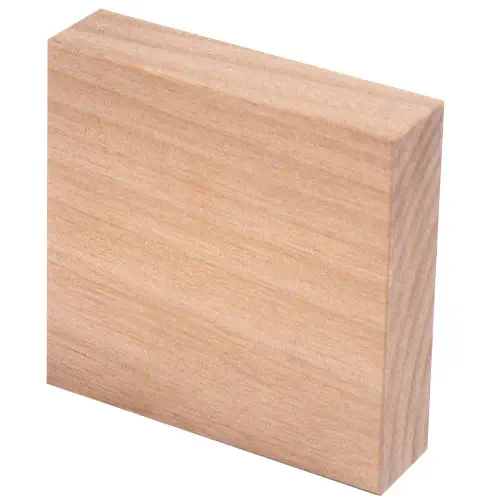
Ash – North America
Specific Gravity: 0.60
Hardness: Hard
Strength: Strong
Bendability: Very High
Tangential Stability: 7.8%
Radial Stability: 4.9%
Hand Tools: Very Easy
Power Tools: Easy
Gluing: Excellent
Finishing: Excellent
Common Uses: Ball bats, tool handles (especially striking tools), bentwood furniture, food containers. Also used as a utility wood, especially for constructions requiring strength.
Comments: Popular for food containers because wood imparts no taste to food. Remarkably able to withstand high shock loads.
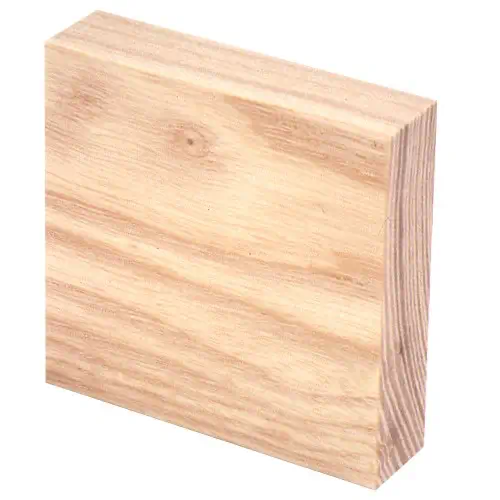
Aspen – North America
Specific Gravity: 0.38
Hardness: Very Soft
Strength: Very Weak
Bendability: Very Low
Tangential Stability: 6.7%
Radial Stability: 3.5%
Hand Tools: Very Easy
Power Tools: Easy
Gluing: Good
Finishing: Poor
Common Uses: Utility wood, food containers, papermaking, crates, utility chipboard and plywood.
Comments: Almost indistinguishable from cottonwood. Found mostly in colder climates and higher elevations.
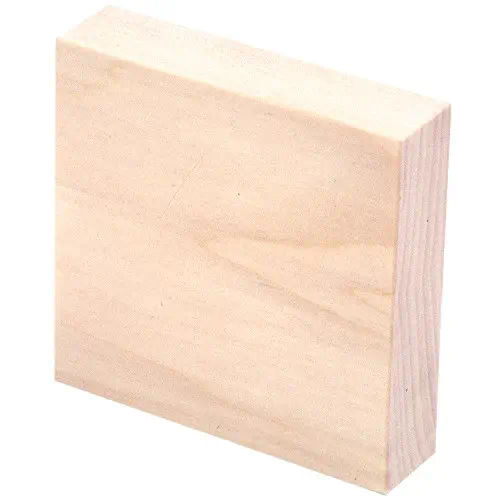
Basswood – Eastern North America
Specific Gravity: 0.37
Hardness: Very Soft
Strength: Weak
Bendability: Very Low
Tangential Stability: 9.3%
Radial Stability: 6.7%
Hand Tools: Very Easy
Power Tools: Easy
Gluing: Excellent
Finishing: Excellent
Common Uses: Carvings, toys, boxes, beehives, drawing boards, piano keys, framing, toys, food containers.
Comments: Preferred by many woodcarvers. Its consistent density offers superb control when using hand tools. It's absence of odor makes it a good choice for food containers.
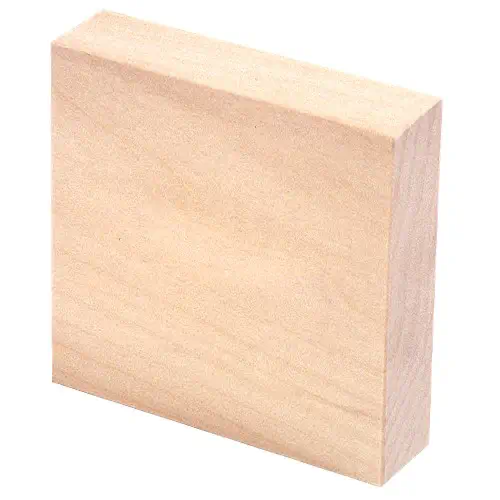
Beech – Eastern North America
Specific Gravity: 0.64
Hardness: Hard
Strength: Strong
Bendability: Very High
Tangential Stability: 11.9%
Radial Stability: 5.5%
Hand Tools: Easy
Power Tools: Easy
Gluing: Excellent
Finishing: Excellent
Common Uses: Cabinets, bentwood furniture, turnings, tool handles, boxes, barrels, food containers, flooring, woodenware, workbenches.
Comments: Preferred for the working surfaces of workbenches for its strength and durability. Does not impart taste or odor to foodstuffs. Sometimes substituted for hard maple, susceptible to warping and checking.
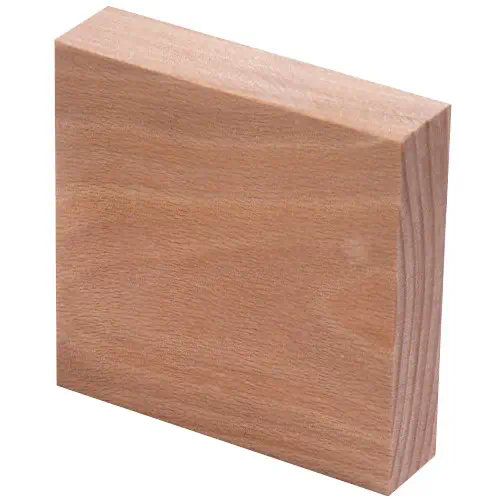
Birch, Yellow – Eastern North America
Specific Gravity: 0.62
Hardness: Hard
Strength: Very Strong
Bendability: High
Tangential Stability: 6.1%
Radial Stability: 3.6%
Hand Tools: Easy
Power Tools: Moderate
Gluing: Good
Finishing: Excellent
Common Uses: Furniture, bentwood furniture, upholstered furniture, turnings, flooring, plywood, veneer.
Comments: Resists shock loads, relatively stable. Large color differences are common, boards with mostly creamy hues sometimes sold as "white birch." Often substituted for hard maple. Wavy grain shows distinct "silky" figure.
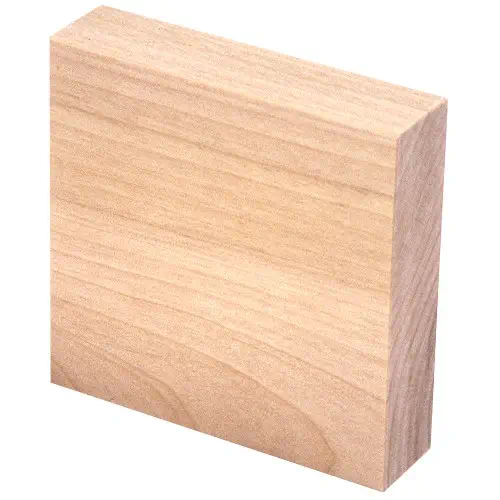
Butternut – Northeastern North America
Specific Gravity: 0.38
Hardness: Very Soft
Strength: Weak
Bendability: Low
Tangential Stability: 6.4%
Radial Stability: 3.4%
Hand Tools: Very Easy
Power Tools: Very Easy
Gluing: Excellent
Finishing: Excellent
Common Uses: Carvings, furniture, utility wood, paneling.
Comments: Once a common source of dye for "butternut" jeans. Sometimes referred to as "white walnut" because texture and grain of both woods are similar. Not as strong as walnut, however.
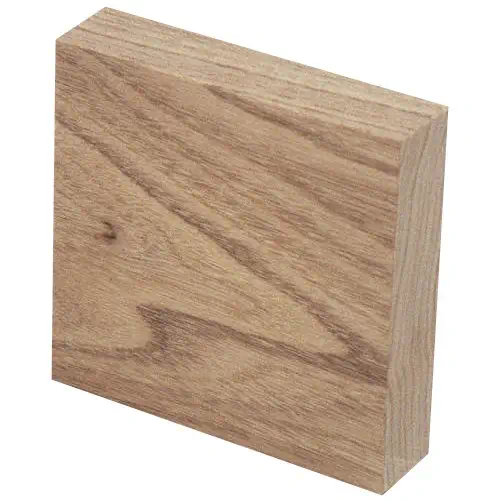
Cherry – Eastern North America
Specific Gravity: 0.50
Hardness: Medium
Strength: Medium
Bendability: High
Tangential Stability: 7.1%
Radial Stability: 3.7%
Hand Tools: Very Easy
Power Tools: Easy
Gluing: Excellent
Finishing: Excellent
Common Uses: Furniture, cabinets, turnings, carvings, musical instruments, tobacco pipes, veneer.
Comments: Not a fruitwood, despite name. Premium furniture wood. Photoreactive, darkens with exposure to sunlight. Large color difference between heartwood and sapwood, even when stained.
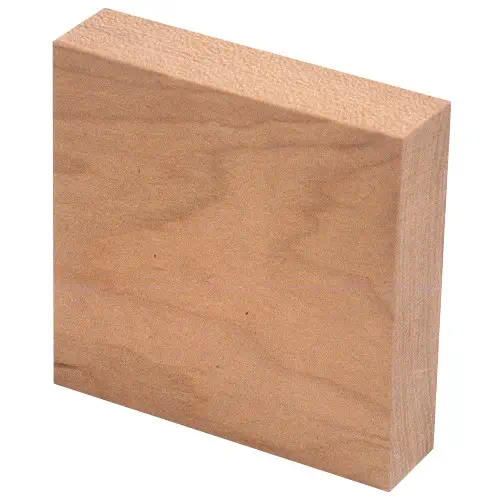
Chestnut, Wormy – Southeastern North America
Specific Gravity: 0.43
Hardness: Very Soft
Strength: Weak
Bendability: Medium
Tangential Stability: 6.7%
Radial Stability: 3.4%
Hand Tools: Very Easy
Power Tools: Very Easy
Gluing: Excellent
Finishing: Excellent
Common Uses: Furniture, antique restoration, veneer.
Comments: Since early 1900s, fungus attacks most trees leaving "wormholes." Stock is severely depleted due to fungus. Very high in tannic acid, corrodes metal fasteners and hardware. Endangered.
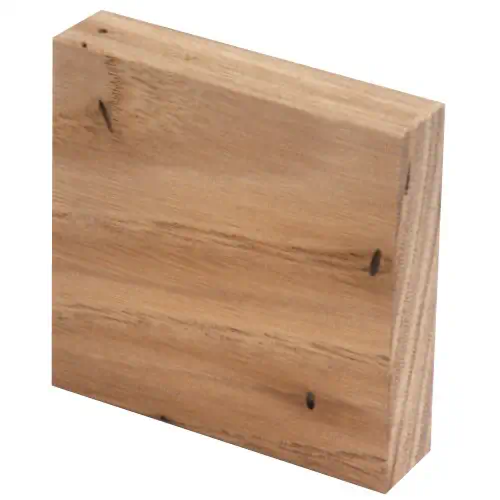
Elm, Red – Eastern North America
Specific Gravity: 0.50
Hardness: Soft
Strength: Medium
Bendability: Very High
Tangential Stability: 9.5%
Radial Stability: 4.2%
Hand Tools: Difficult
Power Tools: Difficult
Gluing: Adequate
Finishing: Adequate
Common Uses: Bentwood furniture, chair seats, boats, barrels, baskets, coffins, wagon wheels.
Comments: Resists shock loads due to interlocking grain. Not as susceptible to Dutch Elm Disease fungus as other elm species. Inner bark is nutritional and medicinal, used to soothe gastric distress. Also called "Slippery Elm."
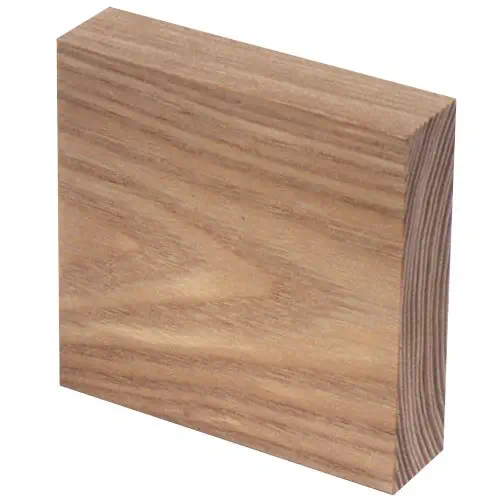
Gum, Red – Southeastern North America
Specific Gravity: 0.52
Hardness: Medium
Strength: Strong
Bendability: Very Low
Tangential Stability: 10.2%
Radial Stability: 5.3%
Hand Tools: Difficult
Power Tools: Easy
Gluing: Excellent
Finishing: Excellent
Common Uses: Informal furniture, cabinets, plywood, trim, boxes, crates.
Comments: Also known as "Sweet Gum." Bark produces balsam or styrax and is used in medicines. Distinct color difference between heartwood and sapwood; they are sometimes milled and sold separately.
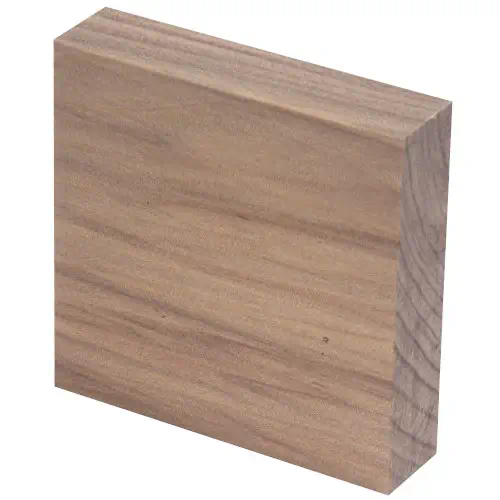
Hickory – Eastern North America
Specific Gravity: 0.72
Hardness: Very Hard
Strength: Very Strong
Bendability: Very High
Tangential Stability: 10.2%
Radial Stability: 7.0%
Hand Tools: Very Difficult
Power Tools: Difficult
Gluing: Adequate
Finishing: Excellent
Common Uses: Tool handles, wheel spokes, ladder rungs, chair parts, drum sticks, walking sticks, sports equipment.
Comments: Extremely strong and shock resistant. Used in timber-frame construction for pegs to join mortise-and-tenon joints. Also used to smoke and flavor meats.
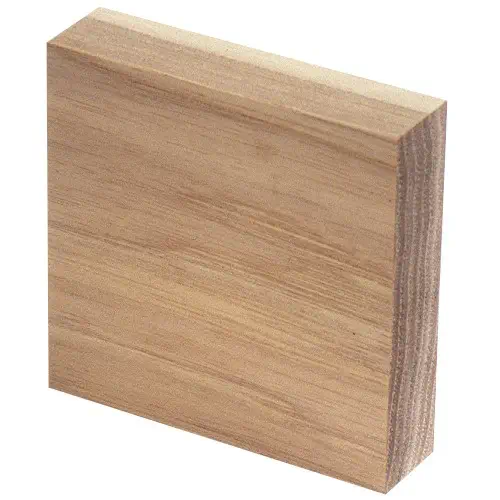
Holly – Southeastern North America
Specific Gravity: 0.50
Hardness: Hard
Strength: Strong
Bendability: Low
Tangential Stability: 9.9%
Radial Stability: 4.8%
Hand Tools: Very Easy
Power Tools: Very Easy
Gluing: Excellent
Finishing: Excellent
Common Uses: Inlay, turnings, marquetry, musical instruments.
Comments: Can be dyed and substituted for ebony. Milled boards are not large and tend to be used for ornamental rather than structural parts. One of the very few evergreen dicots -- doesn't lose its leaves seasonally.
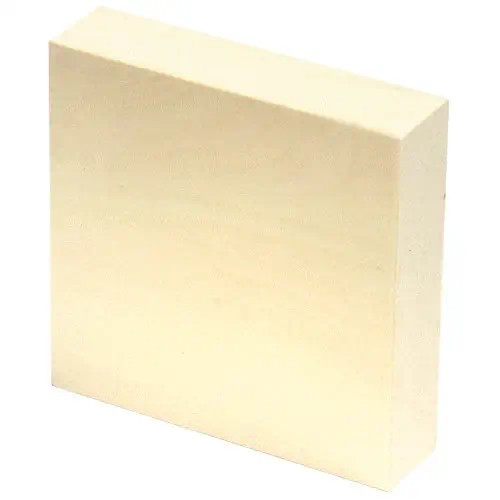
Maple, Hard – Eastern North America
Specific Gravity: 0.63
Hardness: Hard
Strength: Very Strong
Bendability: Very High
Tangential Stability: 9.3%
Radial Stability: 4.8%
Hand Tools: Difficult
Power Tools: Easy
Gluing: Adequate
Finishing: Excellent
Common Uses: Furniture, bentwood furniture, chair parts, turnings, flooring, musical instruments, cutting boards, toys, plywood, veneer.
Comments: Premium furniture wood, resistant to abrasion and wear. Straight-grain boards excellent for "working" parts – pieces in assemblies that must turn or otherwise move. Sap boiled down to make maple syrup.
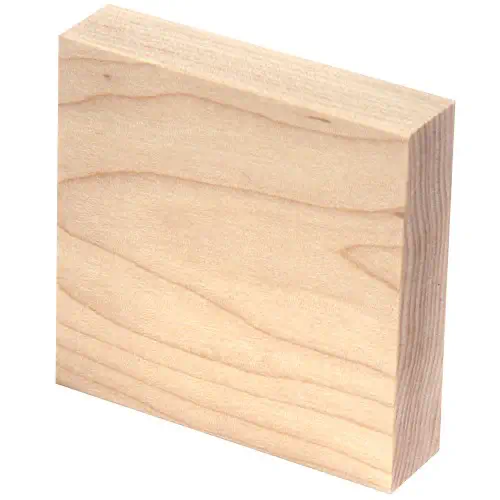
Maple, Soft – Eastern North America
Specific Gravity: 0.54
Hardness: Medium
Strength: Strong
Bendability: High
Tangential Stability: 8.2%
Radial Stability: 4.0%
Hand Tools: Difficult
Power Tools: Easy
Gluing: Good
Finishing: Excellent
Common Uses: Furniture, turning, boxes, toys, musical instruments, sports equipment, veneer.
Comments: Good for both utility and decorative purposes. Wavy grain is common, creating curly, fiddleback, and blistered figure. Often used interchangeably with hard maple.
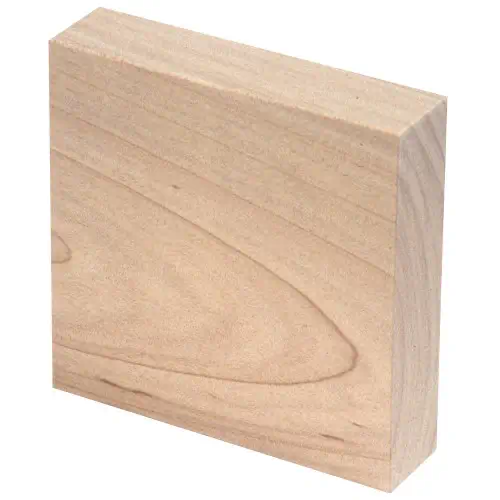
Oak, Red – North America
Specific Gravity: 0.63
Hardness: Very Hard
Strength: Strong
Bendability: High
Tangential Stability: 8.9%
Radial Stability: 4.2%
Hand Tools: Easy
Power Tools: Easy
Gluing: Good
Finishing: Excellent
Common Uses: Furniture, cabinets, flooring, trim, construction, utility wood, plywood, veneer.
Comments: Quartersawn stock has "silver" figure but smaller rays than white oak. High in tannic acid, sawdust is a potential irritant. Southern oak grows faster and has coarser texture than oak grown in the north.
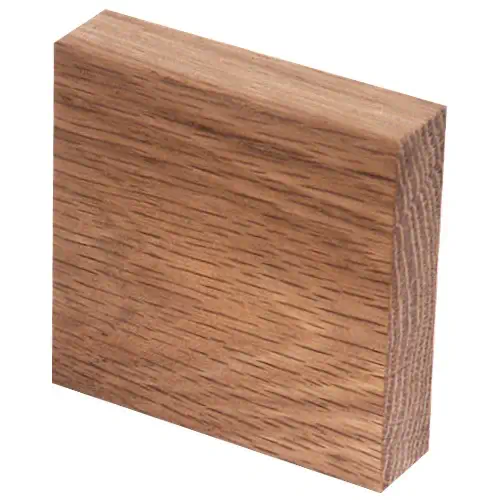
Oak, White – North America
Specific Gravity: 0.68
Hardness: Very Hard
Strength: Very Strong
Bendability: Very High
Tangential Stability: 10.5%
Radial Stability: 5.6%
Hand Tools: Easy
Power Tools: Easy
Gluing: Good
Finishing: Good
Common Uses: Furniture, cabinets, flooring, work surfaces, trim, heavy construction, boats, ladder rungs, pews, coffins, barrels, veneer.
Comments: Very durable, good choice for floors, truck beds, and other surfaces that must withstand extreme wear. Quartersawn lumber often shows spectacular ray fleck. High in tannic acid, potential irritant.
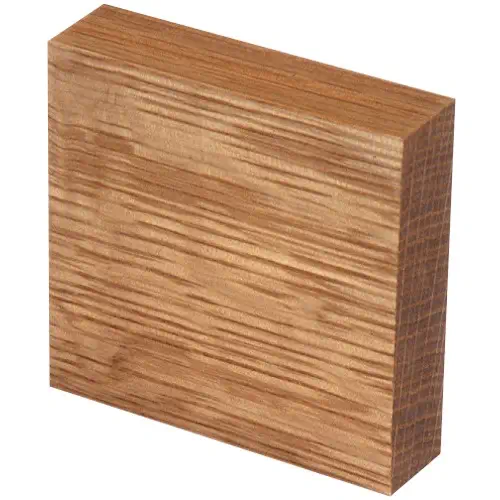
Osage Orange – North America
Specific Gravity: 0.77
Hardness: Very Hard
Strength: Strong
Bendability: Medium
Tangential Stability: N/A
Radial Stability: N/A
Hand Tools: Difficult
Power Tools: Moderate
Gluing: Adequate
Finishing: Good
Common Uses: Archery bows, canes, tool handles, fence posts, folk instruments, cart and buggy wheels.
Comments: Resists decay. Source of yellow, tan, and khaki dyes. Can be substituted for ebony in musical instruments. Potential irritant. Also called "Hedge Apple" for distinctive seed pods. Pods repel spiders, other insects.
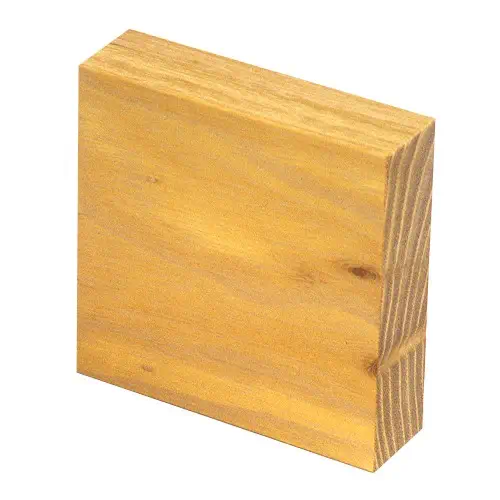
Poplar, Yellow – Eastern North America
Specific Gravity: 0.42
Hardness: Soft
Strength: Medium
Bendability: Very Low
Tangential Stability: 8.2%
Radial Stability: 4.6%
Hand Tools: Very Easy
Power Tools: Very Easy
Gluing: Excellent
Finishing: Good
Common Uses: Furniture (interior parts), patternmaking, boxes, turnings, woodenware, truck beds, trim, plywood.
Comments: Non-splintering, tough wood, good choice for surfaces which must withstand abrasion. Lumber often displays striking mineral stains in red, blue, purple, and green.
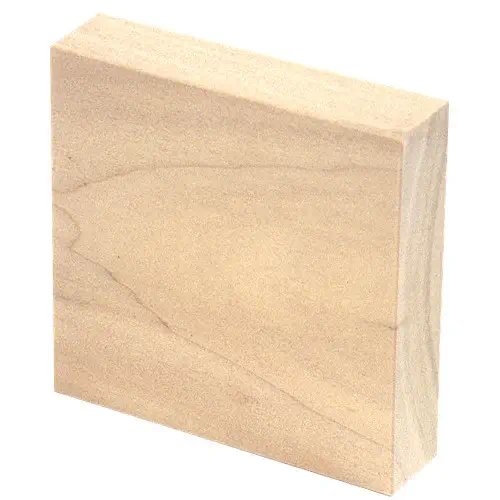
Sassafras – Eastern North America
Specific Gravity: 0.46
Hardness: Soft
Strength: Weak
Bendability: Medium
Tangential Stability: 6.2%
Radial Stability: 4.0%
Hand Tools: Easy
Power Tools: Very Easy
Gluing: Excellent
Finishing: Good
Common Uses: Furniture, boats, boxes, barrels, fencing.
Comments: Wood has slight fragrance. Oil distilled from roots used as scent for soaps. Rootbark used for tea. Root oil was used to flavor medicines and root beer until found to cause liver damage. Sawdust is a potential irritant.
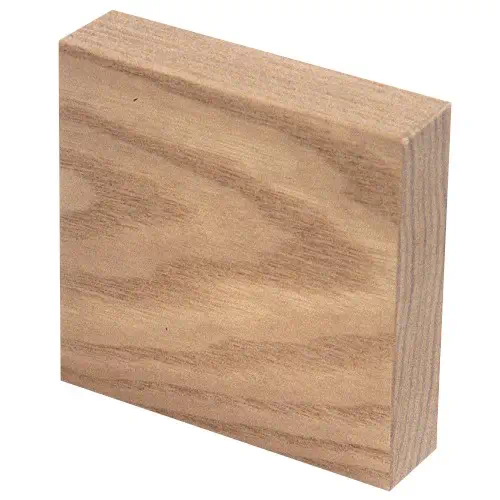
Sycamore – Eastern North America
Specific Gravity: 0.49
Hardness: Soft
Strength: Medium
Bendability: High
Tangential Stability: 8.4%
Radial Stability: 5.0%
Hand Tools: Difficult
Power Tools: Difficult
Gluing: Excellent
Finishing: Good
Common Uses: Furniture, musical instruments, food containers, woodenware, cutting boards, veneer.
Comments: Quartersawn stock has "lacy" figure due to rays; curly figure also common. Veneer is often dyed in a wide range of colors. Also called the "Buttonwood" tree.
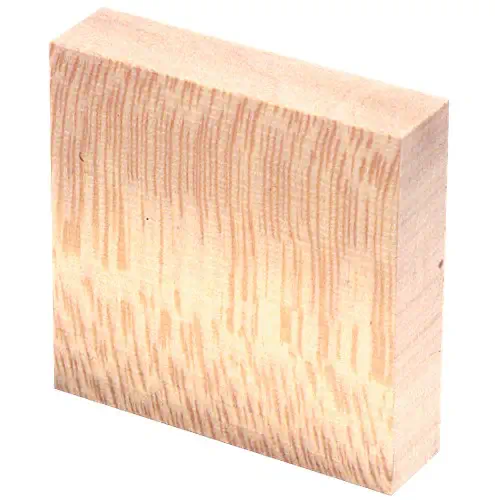
Walnut – Eastern North America
Specific Gravity: 0.55
Hardness: Medium
Strength: Strong
Bendability: High
Tangential Stability: 7.8%
Radial Stability: 5.5%
Hand Tools: Very Easy
Power Tools: Very Easy
Gluing: Good
Finishing: Excellent
Common Uses: Furniture, cabinetmaking, musical instruments, gunstocks, boats, veneer.
Comments: Premium furniture wood, produces a wide variety of figured grain. Large discrepancy in color between heartwood and sapwood. Crushed shells used as mild abrasive for cleaning and polishing. Potential irritant.
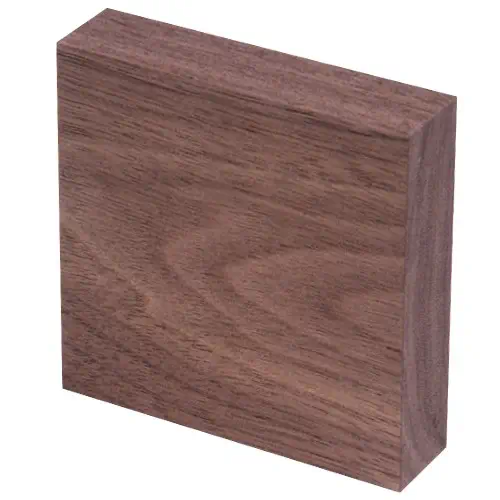
Willow – Eastern North America
Specific Gravity: 0.39
Hardness: Very Soft
Strength: Very Weak
Bendability: Very High
Tangential Stability: 8.7%
Radial Stability: 3.3%
Hand Tools: Very Easy
Power Tools: Very Easy
Gluing: Good
Finishing: Excellent
Common Uses: Boxes, toys, beehives, artificial limbs, wickerwork, baskets, plywood, cricket bats.
Comments: Resilient, flexible, difficult to fracture. Grain sometimes shows "moiré" figure. Takes stain well. Tea made from bark long known to be medicinal, contains salicin, a precursor to aspirin.
